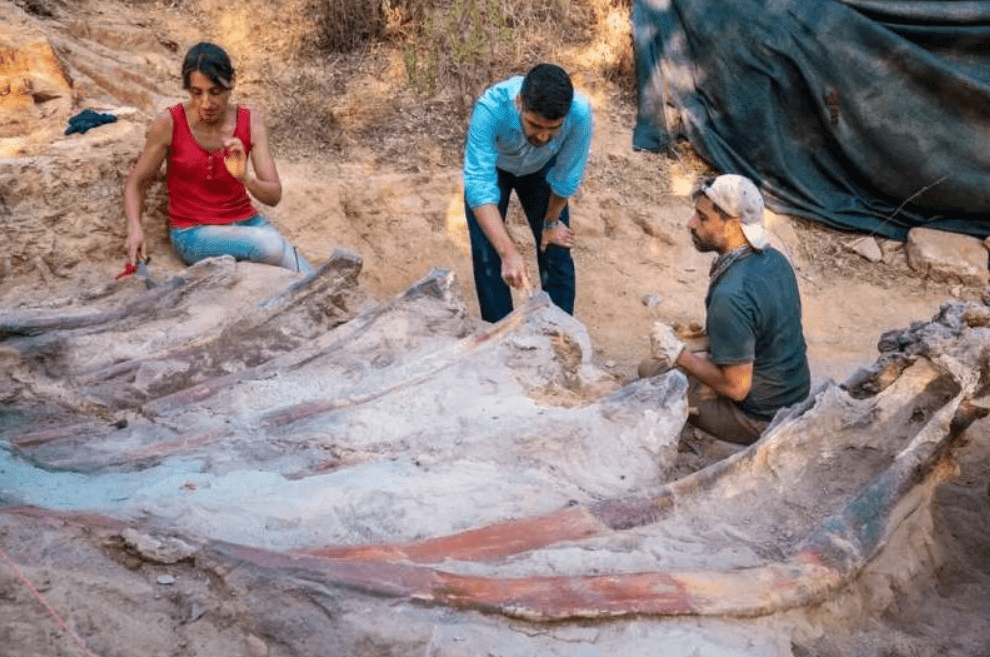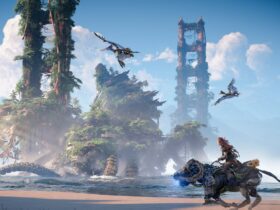Recent archaeological discovery in Europe left people quite shocked. In a garden in the Portuguese city of Pombal, archaeologists are unearthing the remains of what may be the giant dinosaur ever discovered in Europe.
What could’ve been the chance to come across such a skeleton?
An international study team is currently examining the fragments, which might be those of a sauropod dinosaur measuring 12 meters high and 25 meters long. Read out below to find all the intriguing facts.
The Story of a Sauropod Dinosaur in Europe
Portuguese and Spanish paleontologists’ recent discoveries on the site may represent the bones of a giant sauropod dinosaur yet discovered in Europe. The quadrupedal sauropod dinosaurs, which were also herbivorous, had some funny-looking necks and tails.
As great as the new finding could be, all the work had actually started back in 2017.
Five years ago, the owner of a home in Pombal discovered many pieces of fossilized bones in his yard while working on construction. He got in touch immediately with the study team, and the excavation missions started shortly after.

And since then, the discovery has yielded an essential collection of axial skeleton parts, including ribs and vertebrae of a potential brachiosaurid sauropod dinosaur.
DID YOU KNOW: large animals belonging to the Brachiosauridae group, which existed between the Lower Cretaceous and the Upper Jurassic around 160 to 100 million years ago, are distinguished by the presence of noticeably developed forelimbs.
This mode of preservation is relatively uncommon in the fossil record of dinosaurs, in particular sauropods, from the Portuguese Upper Jurassic, explained Elisabete Malafaia.
Malafaia is a Postdoctoral researcher at the Faculty of Sciences of the University of Lisbon (Ciencias ULisboa), Portugal.
Future excavation missions will test that theory in light of the fossils’ preservation disposition and qualities. That means we’ll hear more intriguing facts about our European dinosaur!












Leave a Reply